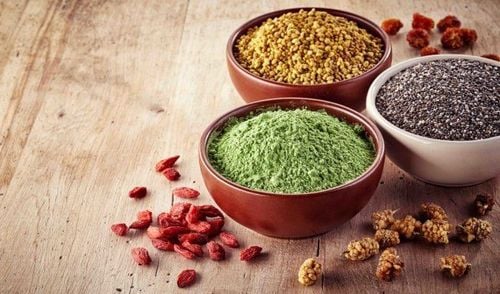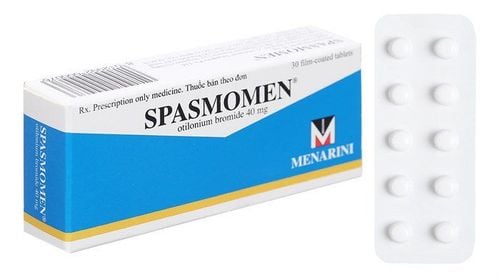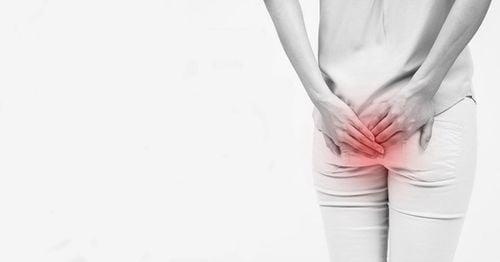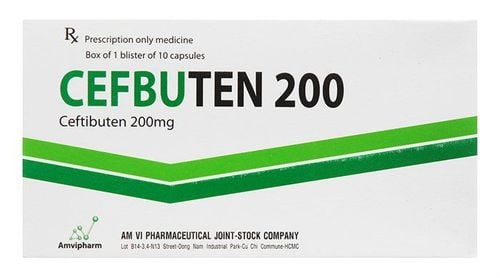This is an automatically translated article.
Posted by Doctor Mai Vien Phuong - Department of Examination & Internal Medicine, Vinmec Central Park International General Hospital
Eating more fiber has been linked to a reduced risk of diverticular disease. However, reports on which dietary fiber is most beneficial are conflicting. The aim of this paper was to evaluate the association between different types of dietary fiber and hospitalization for diverticular disease of the colon.
In this article, we present the results of a reliable Swedish study comparing how different diets affect diverticular disease.
1. Overview
This is a cohort study, cohort of women participating in breast cancer screening mammograms in Sweden and a cohort of Swedish men linked to the Swedish Inpatient Register Dictionary. Data on dietary fiber intake were collected through questionnaires. The effect of intake (in the quartile) of different types of fiber on hospital admissions for diverticulosis was investigated using multivariable Cox regression. Estimates are adjusted for age, BMI, physical activity, comorbidities, corticosteroid intake, smoking, alcohol consumption, and education level.
2. Introduction to colonic diverticulosis
Diverticulitis (DD) of the colon is common in adults. The lifetime risk for developing complications such as diverticulitis is up to 4%. Health care costs for this disorder were estimated at $2.7 billion in 2009 in the United States alone.
Dietary and lifestyle factors influence diverticular disease risk, although recent studies have discovered a genetic component. It is said that a low-fiber diet increases the risk of diverticular disease, in terms of developing diverticula in the sigmoid colon as well as promoting diverticulitis and its complications. However, recent studies have not found this association. Furthermore, eating more fiber is thought to reduce the risk of recurrence after medically managed diverticulitis.
Other studies have found other risk factors for symptomatic diverticular disease in the diet, such as eating a lot of unprocessed red meat. Non-dietary risk factors include smoking, taking steroids, physical inactivity, and obesity.
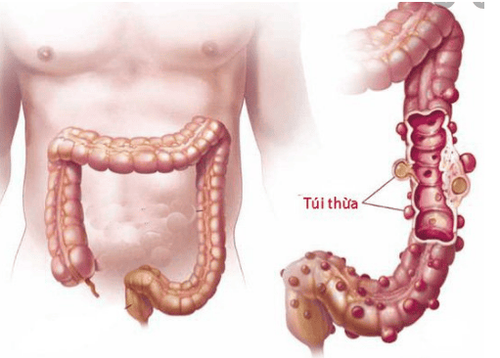
Low fiber intake leads to small stools, which require high pressure and cause the mucosa to herniate through weak areas in the intestinal wall. Furthermore, Aldoori et al found that fiber may affect the risk of diverticular disease. In a recent study, eating more fiber reduced the risk of diverticular disease, the greatest reduction for fiber from whole grains and fruits, compared with vegetable and potato fiber.
The aim of this paper was to determine whether different types of fiber affect the risk of hospital admission for diverticulosis in two main Swedish cohorts of middle-aged and elderly men and women. or not.
3. Research Methods
Study group
This is a prospective cohort study based on two main cohorts: the Women's Cohort who participated in Swedish Breast Cancer Screening Mammography (SMC) and the Men's Cohort Sweden (COSM).
3.1 Swedish Breast Cancer Mammography Cohort (SMC) The SMC is a major potential cohort comprising 66,651 women in central Sweden born between 1914 and 1948. cohort was established in 1987–1990. The women were invited to participate in the mammography program by email. The invitation included a questionnaire related to diet and alcohol intake, weight, height, education and marital status. After excluding women with a previous cancer diagnosis, the SMC included 61,433 women. In 1997, a second questionnaire was sent to women who were still alive and living in the study area.
Information on diet and alcohol intake, physical activity, medical history, height, weight, education and lifestyle factors such as smoking history, use of certain drugs and functional foods have been updated and perfected. In this study. In total, 39,984 out of 56,030 women (71.4%) living in the study area responded to the 1997 follow-up questionnaire; 219 women were too sick to fill out the questionnaire and 548 refused to answer. Women with previously diagnosed IBD, cancer, diverticulitis (N=478) or enrollment errors were excluded from the study, leaving a final cohort consisting of 36,110 women.

3.2 The Cohort of Swedish Men (COSM) The COSM is a prospective cohort of 48,850 Swedish men born in 1918–1952 and established in 1997–1998. Men living in central Sweden responded to a questionnaire about diet, smoking, alcohol consumption, physical activity, dietary supplements, certain medications, height, weight and academic level. The response rate is 49%.
After excluding those with incorrect or missing national registration numbers, diagnose cancer (except non-melanoma skin cancer) before baseline or other missing data, the final cohort consisted of 45,906 men. Men with previously diagnosed IBD, cancer, or diverticular disease (N=334) and enrollment errors were excluded, leaving a final cohort of 44,723 men.
Fiber consumption was assessed using a food intake frequency questionnaire. Participants in the two cohorts reported their average consumption of 96 foods and beverages over the previous year. Participants can choose from eight predefined frequency categories, from never to three or more times per day. Fiber intake from cereals and fruits and vegetables, respectively, was estimated in grams per day for each patient. The patients were divided into four quartiles (Q1 – Q4). Q1 contains patients who ate the lowest amount of fiber and Q4 contains patients who ate the most fiber. The fiber intake of each quarter of the dietary fiber intake from grains and fruits/vegetables was analyzed separately.
Patients in the cohort who had symptoms of diverticular disease and at least one hospital admission during the study period from September 15, 1997 to December 31, 2005 for women and from 1 month 1 year 1998 to 31 December 2005 for men, compared with healthy controls in the cohort.
Please dial HOTLINE for more information or register for an appointment HERE. Download MyVinmec app to make appointments faster and to manage your bookings easily.
ReferencesMahmood W. Mahmood et al., High intake of dietary fiber from fruit and vegetables reduces the risk of hospitalisation for diverticular disease. ttps://link.springer.com/article/10.1007/s00394-018-1792-0 Strate LL, Modi R, Cohen E, Spiegel BM (2012) Diverticular disease as a chronic illness: evolving epidemiologic and clinical insights. Am J Gastroenterol 107(10):1486–1493. https://doi.org/10.1038/ajg.2012.194 Etzioni DA, Cannom RR, Ault GT, Beart RW Jr, Kaiser AM (2009) Diverticulitis in California from 1995 to 2006: increased rates of treatment for younger patients. Am Surg 75(10):981–985 Granlund J, Svensson T, Olen O, Hjern F, Pedersen NL, Magnusson PK, Schmidt PT (2012) The genetic influence on diverticular disease—a twin study. Alimentary Pharmacol Ther 35(9):1103–1107. https://doi.org/10.1111/j.1365-2036.20122.05069.x





